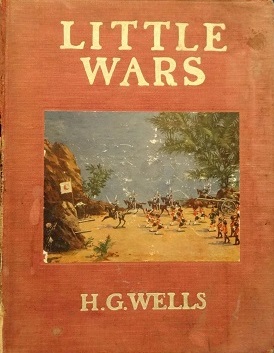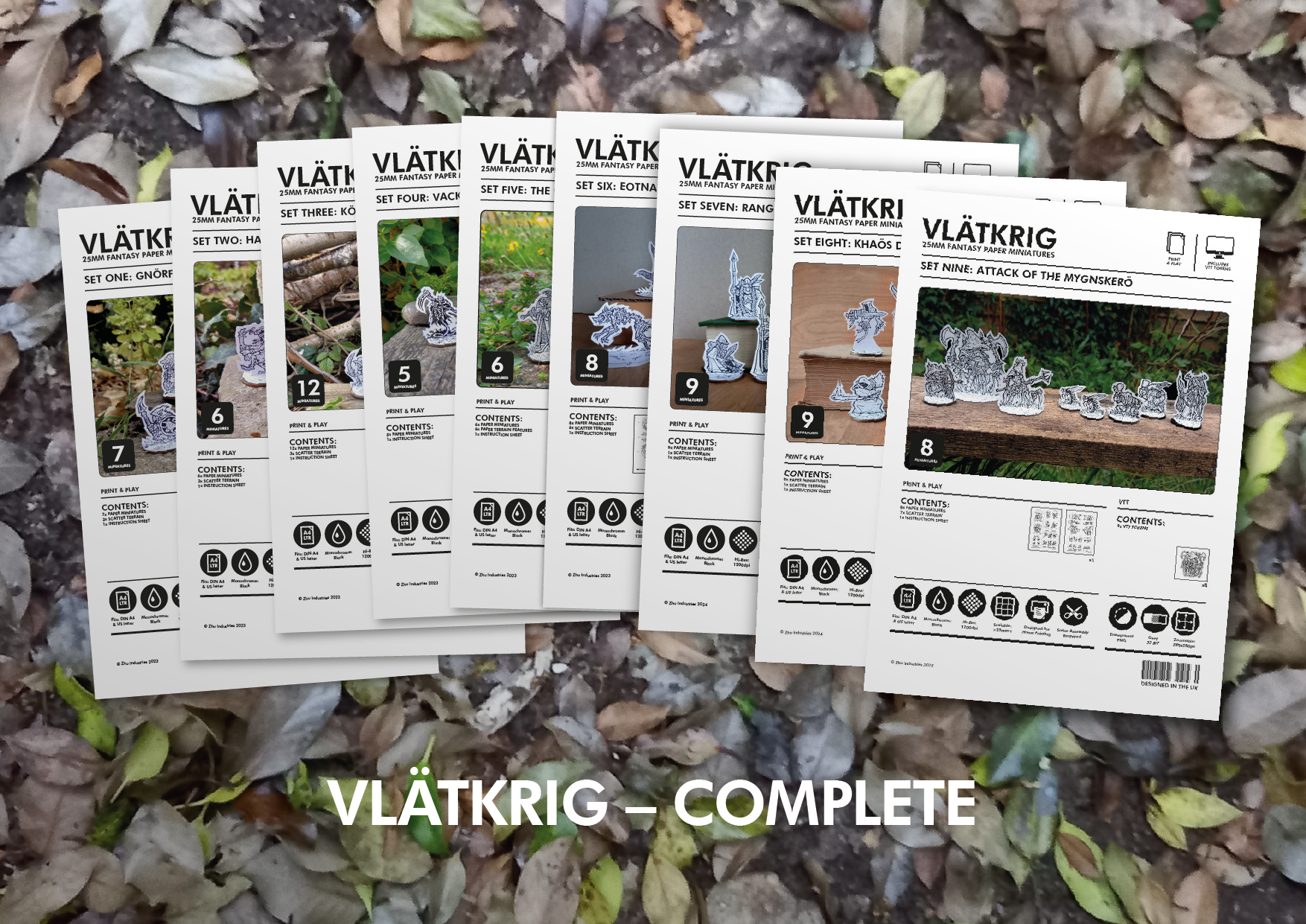 | |
|
Marines
Trooper: 18
Missile Launcher: 47
Commander: 100
Total: 408
Orks
Trooper: 8
Officer: 11
Commander: 46
Total: 217
So Marines come in at a whopping 408 points, and the Orks at a measly 217. I think its reasonably safe to conclude, all other things being equal, that properly calculated PVs are a strong indicator of the outcome of a given scenario.
Even so, there are some anomalies in the way the scenario is set up, as the marines are seemingly given unlimited plasma missiles, which should be costed at 1 point each, and the player made to keep track of how many used. This potentially pushes the value of Marines up a vast amount, but lets overlook this for now.
But so what? we could decide that balance isn't important in narrative gaming, that the Orks are doomed to defeat from the outset. Makes it kind of questionable why one would rather play this as a two player game, as opposed to read a book, watch a cartoon or solo-play. It is possible to have a game-like experience where the end is entirely determined by the starting conditions, and the players express no agency other than mindlessly going through the motions of moving little figures around and rolling dice - but that's not my idea of fun nor is it about making meaningful choices in a narrative game - a GM "railroading" to use RPG parlance - players to a predetermined end point is not the same thing as the GM and players collaboratively shaping and telling a story.
If we were to do this in terms of a skirmish war game scenario, we'd see motivational Victory Conditions (Orks get the loot +5 VP) balanced against realistically achievable goals - Ork survives +2 VP / Marine Survives +0 VP - but thats not how the victory conditions are set in the scenario.
We could also disregard Points Values all together and just say 'experience and playstesting' shows us the scenario is clearly biased towards the Marine player' and subsequently suggest fixes based on our own hunches. However the Point Values effectively tell us how much needs changing - that the marines are nearly 100% over-powered in comparison to the Orks goes some way to helping us make informed decisions towards creating a less deterministic scenario design.
 |
| wrong farm! wrong battle! right idea | Wells Little Wars |
Rebalancing the Battle at the Farm:
As suggested, we could just re-balance the victory conditions, leaving everything else in tact. But, without changing the field of battle, the narrative conditions or the characters objectives, what can be done to give the Orks a fighting chance of winning, and lift the Ork player out of his position of stolid doomed deterministic defeat?1. Balance the PVs of the sides by force-size:
| Orks. Faasunds of 'em | Space Ork Raiders advert |
1.1. Reduce the number of Marines to around 7 troops OR
1.2. Increase the Orks to around 40 troops.
Either of these changes keep the scenario asymmetrical - Marines, highly trained elites with their top rated gucci mil-spec equipment, Orks the low-tech horde, but the forces are still statstically balanced, giving each a chance of success, and that's the point. The shape of the scenario becomes the classic colonialist myth found again and again in fantasy literature (giving Orks guns does not make 40k sci-fi) the plucky few civilised against the unwashed primitive masses, not unknown in history or previous warhammer scenarios either...
2. Balance the PVs of the sides by troop capabilities:
| Power X-treme! | via |
2.1 Reduce Marines firepower and combat abilities.
2.2 Increase the Orks firepower and combat abilities.
This potentially makes the game much more symmetrical - giving Orks powered armour and bolters pretty much makes them the same as marines, similarly putting the Imperial forces in Flak armour, makes them more similar to Space Orks. Much more in the vein of Modern Warfare (by which I really mean WW2) basket - where troops arms and armour are reasonably similar, and there is no clear technological edge. Arguably tactics, use of terrain and psychological effects come to the fore. However, it lacks the dynamics one expects from fantasy gaming, where typically one has advanced technology or magic on their side.
3. Balance the PVs by technology
 |
| Da Killa Kanz Krew | Space Ork Dreadnought |
The Orks could spend their mssing 200 points on a dreadnought, robot, combat vehicle, squad of psykers or something. The asymmetry of the scenario remains, but instead of being a foregone conclusion, the result hinges on the 'risk' of planting a significant pool of points into a single heavy hitting unit. This appears to be what was done with the 2010 redux - although I don't know how the rest of the troops in the scenario are balanced. Muscle and the mooks, vs. a smaller team of higher trained - this is a typical gangland, cops and robbers scenario also beloved by the writers of superhero comics.
Conclusion
So what does Battle at the Farm tell us about war in the 41st millennium? That having a 'few more' bodies on the ground does not compensate for greater fire power, but 40ks internal logic states that 'vastly more' bodies will. A moral universe where the proud, noble warrior Marines inevitably defeat the dirty, greedy, stupid Orks and the 'good-guys' always win. I think that's ultimately the way the scenario was intended to be, the story Rick wanted to tell, as cut and dry as a Rogue Trooper tale of Future War.My preference is for balanced, but asymmetrical fantasy games, where players have a reasonable chance of success, as they give dramatic momentum to the emergent narrative (can we take down the big guy? can we hold out against the horde?) , and leave the actual result open, rather than have the outcome simply determined by the weight of models put on the field.
Meanwhile, preparations being made for playing it, as written, with laser-cut and etched hex markers in the style of Chas Elliots original diagrams.


